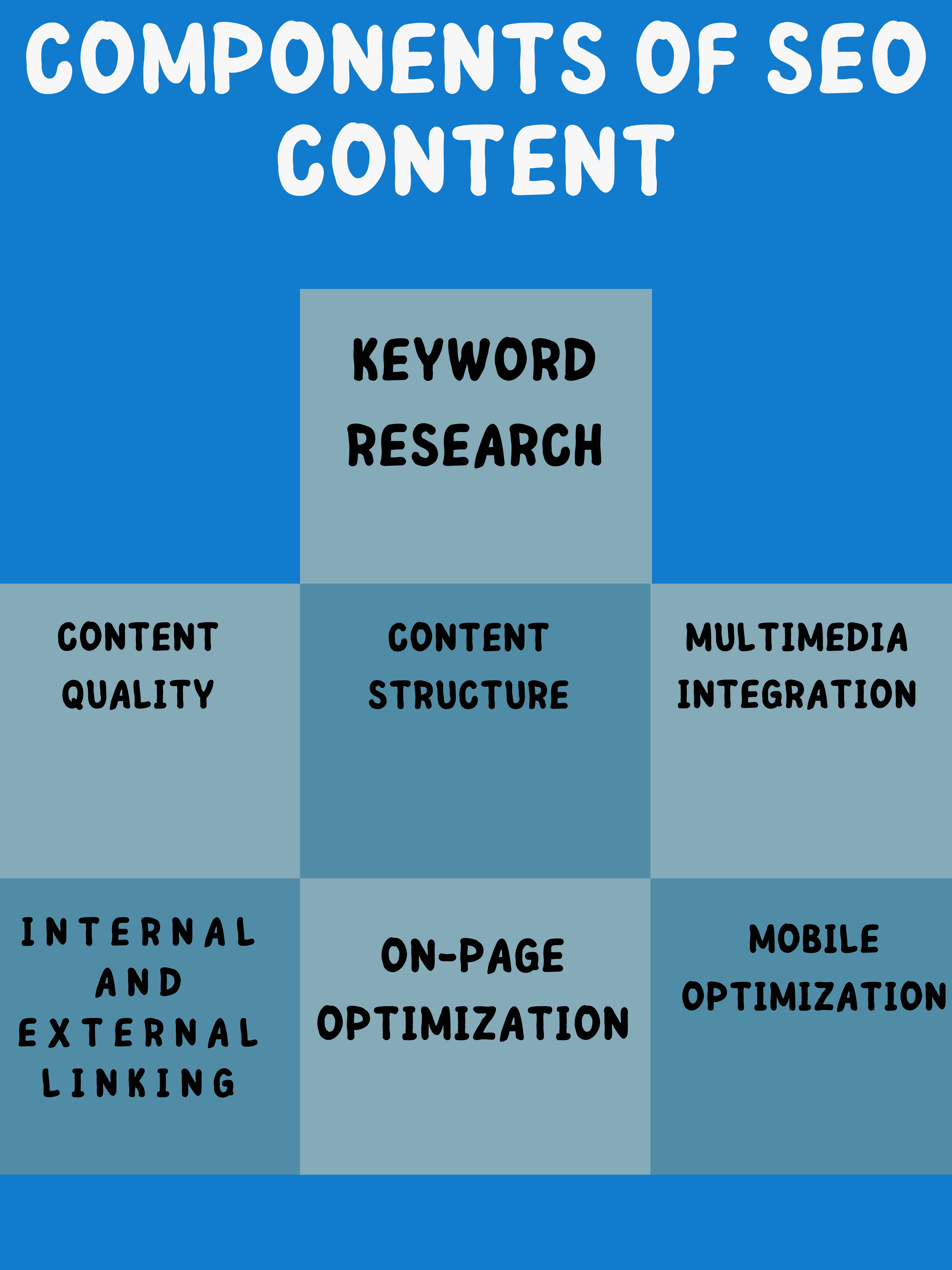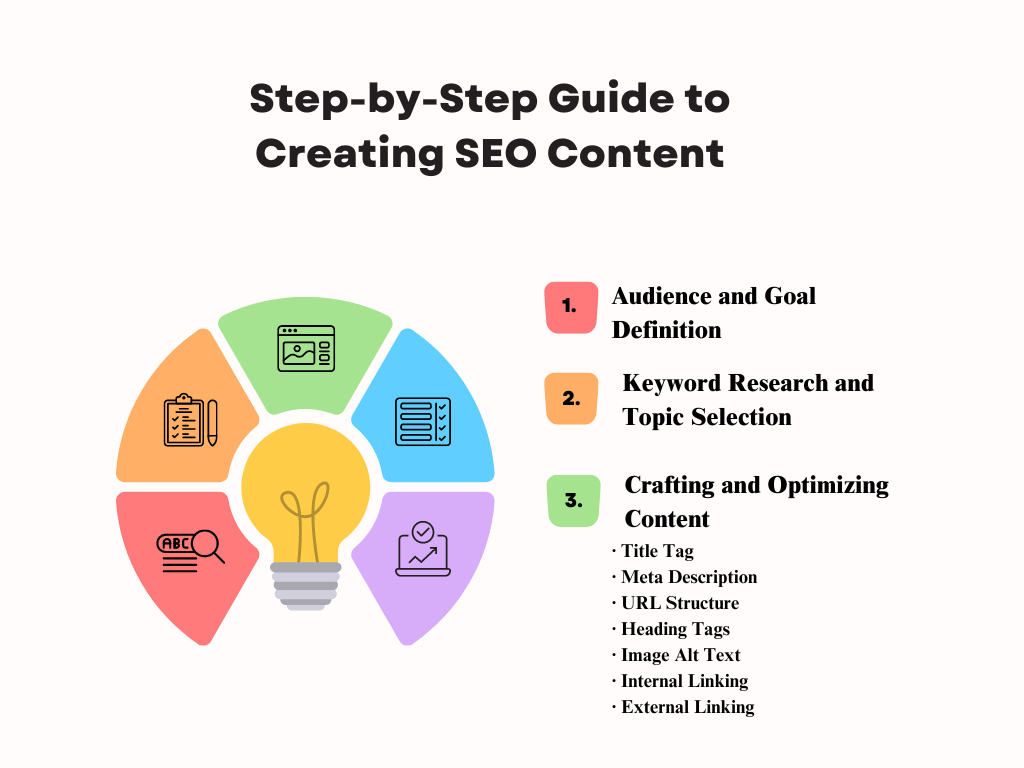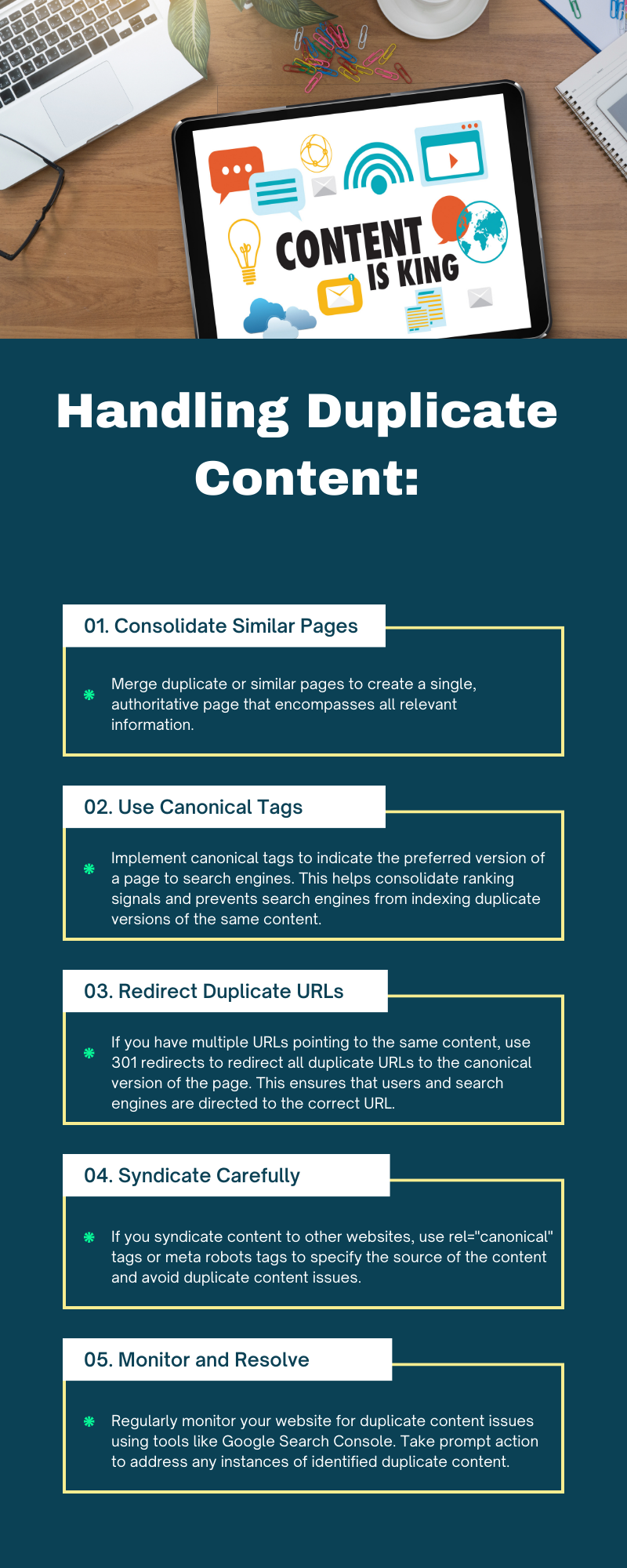Introduction:
Welcome to the Complete Manual for SEO Content Writing, where we’ll look at the art and science of creating SEO-optimized content that resonates with your target audience and ranks high in search engine results. In the 21st century, understanding the art of content creation is critical for organizations, writers, and illustrators. This guide will provide you with the knowledge and tools to create compelling content that meets user intent and is consistent with Google’s ranking factors.
What is SEO content?
Search engine optimization (SEO) content is critical to digital marketing success. But what is SEO content? At its core, SEO content is material—textual, visual, or multimedia—strategically optimized to rank highly in search engine results for relevant queries. Consider it the secret sauce that makes your content discoverable among the vast sea of online information.
Importance of SEO Content
Why is SEO content necessary? For starters, visibility is critical. By optimizing your content for search engines, you increase the chances that it will be discovered by users looking for relevant information. This, in turn, increases organic traffic to your website, lowering your reliance on paid advertising and improving the overall cost-effectiveness of your digital marketing efforts. Furthermore, high-quality SEO content establishes your website as an authoritative source of information, fostering user trust and credibility with search engines.
Components of SEO Content
Creating effective SEO content requires attention to detail and a solid understanding of the critical components that contribute to its success. These components include:

1. Keyword Research:
Keyword research is the beginning of SEO content writing. When you identify keywords and phrases related to user intent, you can smooth the path to driving site traffic directly to your content.
2. Content Quality:
The great content is useful, interactive, and well-written. Create content for visitors first rather than guys in Google.
3. Content Structure:
Creating content with clearly defined headings, subheadings, and paragraphs helps make your content more readable for users and digestible for search engine spiders.
4. On-Page Optimization:
Optimizing some of these elements within your content, from title tags to meta descriptions, headers to image alt attributes makes you more visible to the search engine.
5. Internal and external linking:
Including internal links to other pages on your site and some relevant pages on high-authority websites can show search engines the context of your content and raise your standing.
6. Multimedia Integration:
From images to videos and infographics, using multimedia in content makes it more engaging and user-friendly, both of which are factors driving the performance of content in SEO.
7. Mobile Optimization:
With the increasing prevalence of mobile devices, optimizing your content for mobile responsiveness and usability is essential for SEO success. Ensure your website and content are mobile-friendly, providing a seamless experience across different devices.
Step-by-Step Guide to Creating SEO Content
This section will provide a step-by-step guide to creating high-performing SEO content. Following these steps, you can formulate a thorough content strategy that aligns with user intent and maximizes your chances of ranking well in search engine results.

1. Audience and Goal Definition
Before you start creating any SEO content, it is crucial to clearly define your target audience and the goals you aim to achieve with your content. Understanding your audience’s interests, preferences, and pain points will help you effectively tailor your content to meet their needs.
Additionally, identifying your goals will allow you to align your content strategy with your desired outcomes.
2. Keyword Research and Topic Selection
Keyword research is a critical step in SEO content creation. Utilize keyword research tools such as Google Keyword Planner, SEMrush, or Ahrefs to identify relevant keywords and phrases that align with your content topics and your target audience’s search intent. Focusing on short and long-tail keywords can capture a wide range of search queries and generate targeted traffic to your website.
Based on your keyword research and audience insights, brainstorm content topics that address your target audience’s informational needs, interests, and pain points. Choose topics that are relevant, timely, and aligned with your business objectives. Creating a content calendar can help you plan and organize your content strategy effectively.
3. Crafting and Optimizing Content
Once you’ve identified your audience, goals, keywords, and topics, it’s time to create the content. Craft compelling and informative content that provides value to your audience. Focus on delivering insights, solving problems, and addressing your target audience’s needs while ensuring it is optimized for technical SEO to enhance its visibility and ranking potential on search engines.
Optimize your content for search engines by focusing on the following SEO elements:
Title Tag:
Optimize the title tag with your primary keyword and ensure it accurately reflects the content’s topic. The title tag is one of the first elements search engines and users see, so make it compelling and relevant.
Meta Description:
Write a compelling meta description summarizing the content and including relevant keywords to entice users to click through. The meta description should provide a concise and engaging preview of what users can expect from the content.
URL Structure:
Create SEO-friendly URLs that include relevant keywords and are descriptive yet concise. Avoid using long and complex URLs that are difficult for users and search engines to understand.
Heading Tags:
Use heading tags (H1, H2, H3, etc.) to structure your content logically and incorporate keywords where appropriate. This approach not only helps with readability but also signals the relevance of your content to search engines.
Image Alt Text:
Optimize image alt text with descriptive keywords to improve accessibility and provide context to search engines. Alt text helps search engines understand the content of images, making them more likely to appear in relevant image search results.
Internal Linking:
Link to relevant pages within your website to improve navigation and distribute link equity. Internal linking helps search engines discover and crawl your content more effectively while providing additional value to your readers.
External Linking:
Include outbound links to authoritative sources to provide additional value and context to your content. Linking to reputable and relevant external sources helps establish your content as reliable and trustworthy.
Once the content is created and optimized, publish it on your website or blog and promote it through various channels to increase its visibility and reach. Share it on social media, email newsletters, and other relevant platforms to attract traffic and engagement. Consider reaching out to influencers or industry publications to amplify your content’s reach further.
Creating Content to Satisfy User Intent
Balancing satisfying user intent and adhering to Google’s ranking factors in SEO content is paramount to success. Here’s how you can achieve that balance:
Understanding User Intent:
Conduct thorough keyword research to categorize user queries and understand their intent. By analyzing search engine results pages (SERPs), you can discern the content types Google favors for specific search queries.
Crafting High-Quality Content:
Craft engaging and informative content that caters to user needs and preferences. To accommodate diverse user preferences, utilize various formats, such as text, images, videos, and infographics.
Optimizing for Keywords and UX:
Incorporate target keywords naturally throughout your content while enriching it with related terms. Additionally, focus on providing an optimal user experience (UX) by ensuring mobile friendliness, intuitive navigation, and enticing meta titles and descriptions.
By considering user intent and Google’s ranking factors, you can create content that satisfies both your audience’s needs and search engines’ requirements.
Fresh Content Means to Google
Freshness is crucial in Google’s ranking algorithm, but its definition goes beyond publication dates. Here’s what fresh content entails:
Timeliness:
Recent updates reflecting the latest developments are favored, especially for news or trending topics.
Frequency of Updates:
Regular content updates signal relevance and engagement.
User Engagement:
Positive interactions reinforce freshness and relevance.
Content Recency:
Freshness holds varying degrees of relevance based on search queries.
Quality and Relevance:
Quality and relevance remain paramount despite freshness.
Evergreen Content:
Timeless content supplemented by periodic updates retains value.
Common Mistakes to Avoid in Content Writing
Even the most seasoned content creators make mistakes. Here are some common pitfalls to steer clear of:
- Not Knowing Your Audience
- Poor Research
- Lack of planning
- Boring Outlines
- Ignoring SEO optimization
- Inconsistent Quality
- Neglecting Formatting
- Trying to sound smart
- Writing Vague Content
Duplicate Content
Duplicate content can be a significant concern for website owners, as it can harm SEO performance and confuse search engines. Here’s how to identify and address duplicate content effectively:
Identifying Duplicate Content:
- Utilize tools like Siteliner, Copyscape, or Google Search Console to identify duplicate content across your website.
- Look for identical or highly similar content on multiple pages or domains.
Handling Duplicate Content:

- Consolidate Similar Pages: Merge duplicate or similar pages to create a single, authoritative page that encompasses all relevant information.
- Use Canonical Tags: Implement canonical tags to indicate the preferred version of a page to search engines. This helps consolidate ranking signals and prevents search engines from indexing duplicate versions of the same content.
- Redirect Duplicate URLs: If you have multiple URLs pointing to the same content, use 301 redirects to redirect all duplicate URLs to the canonical version of the page. This ensures that users and search engines are directed to the correct URL.
- Syndicate Carefully: If you syndicate content to other websites, use rel=”canonical” tags or meta robots tags to specify the source of the content and avoid duplicate content issues.
- Monitor and Resolve: Regularly monitor your website for duplicate content issues using tools like Google Search Console. Take prompt action to address any instances of identified duplicate content.
Conclusion:
In 2024, achieving SEO success will depend on creating high-quality, engaging content that resonates with your target audience while adhering to current best practices. Concentrate on keyword optimization, mobile friendliness, and improved user experience. Use tools and analytics to improve your strategies and stay on top of trends. Consistency and adaptability are essential; stay informed and flexible to keep your competitive advantage. With dedication and a proactive approach, you can achieve remarkable visibility and generate significant traffic.
FAQs
What is the importance of conducting keyword research?
Keyword research is essential in SEO content writing as it helps you identify the words and phrases users search for. By incorporating relevant keywords in your content, you increase the chances of your content ranking higher in search engine results, improving your visibility and attracting organic traffic.
How can keyword research benefit my content strategy?
Keyword research provides valuable insights into user intent and allows you to tailor your content to meet the needs of your target audience effectively. It also helps you identify content topics that have the potential to generate significant traffic and engagement. By understanding the keywords that resonate with your audience, you can create highly targeted and valuable content that drives results.
What are the standard tools used for conducting keyword research?
Some standard tools used for conducting keyword research include Google Keyword Planner, SEMrush, Ahrefs, Moz Keyword Explorer, and Ubersuggest. These tools provide data on search volume, keyword difficulty, and related terms, helping you identify the most relevant and valuable keywords to incorporate into your content.






